Giorgio Morandi review: a ‘poetic celebration’ of a quietly fascinating artist
Estorick Collection exhibition includes some of the ‘most memorable images of 20th century Italian art’
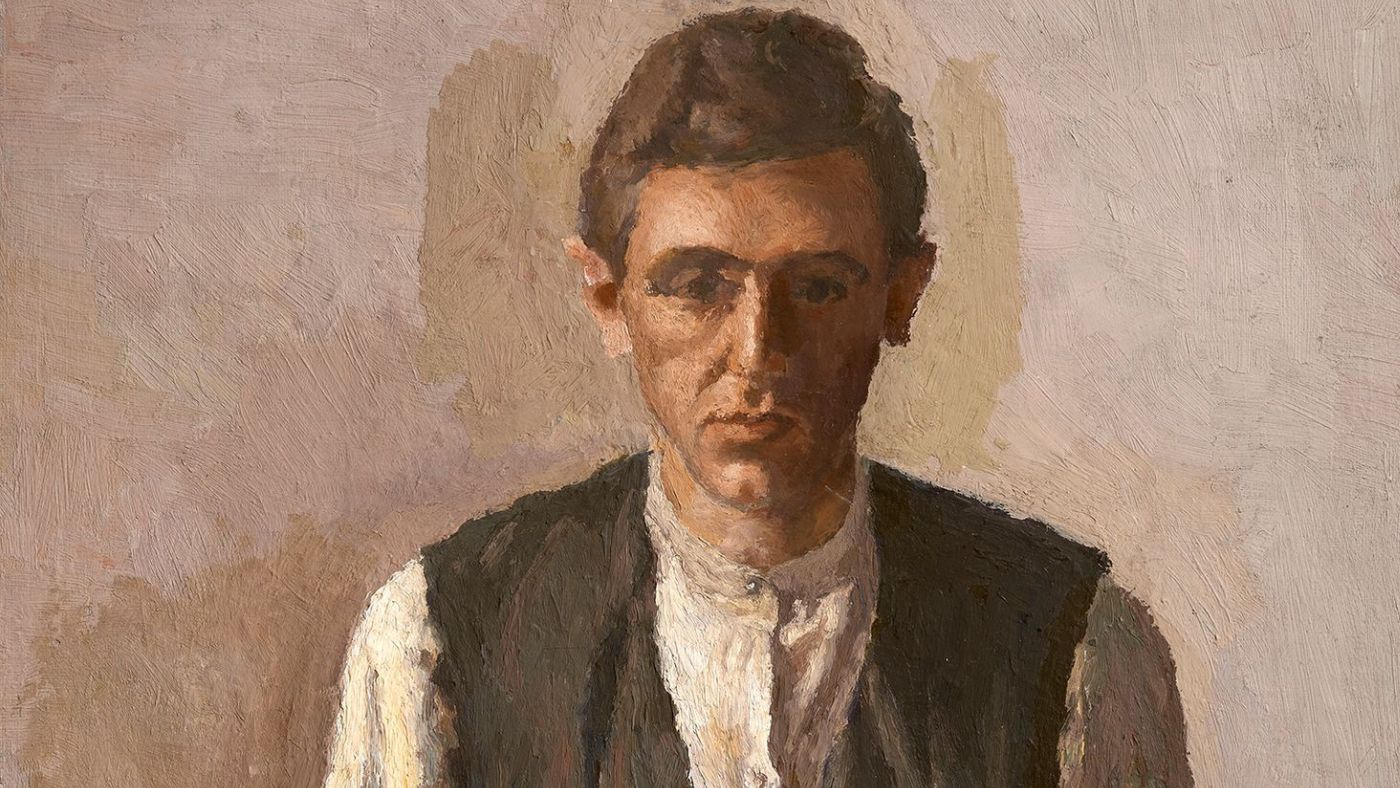
The painter Giorgio Morandi (1890-1964) was a man “so reclusive and ascetic” that some referred to him as The Monk, said Alastair Sooke in The Daily Telegraph. “Forever a bachelor”, he spent almost his entire life living and working in a house shared with his mother and sisters in the northern Italian city of Bologna; he slept in the same carefully “ordered atelier” that he painted in.
If Morandi’s biography does not sound terribly exciting, nor do descriptions of his work: for the most part, with “fanatical concentration”, he gave himself over to depicting “a panoply of humdrum domestic objects”, including vases, jugs and sugar bowls, oil lamps, coffee tins, urns, “tapering liquor bottles and carafes”.
Invariably, he rendered these compositions “in a muted, chalky palette mostly of dun, ochre, and rose-beige”. Yet as unpromising as Morandi’s art might sound, his enigmatic still lifes have a transfixingly “meditative” quality that ranks them “among the most memorable images of 20th century Italian art”.
The Week
Escape your echo chamber. Get the facts behind the news, plus analysis from multiple perspectives.

Sign up for The Week's Free Newsletters
From our morning news briefing to a weekly Good News Newsletter, get the best of The Week delivered directly to your inbox.
From our morning news briefing to a weekly Good News Newsletter, get the best of The Week delivered directly to your inbox.
This show, Masterpieces from the Magnani-Rocca Foundation, brings together an exquisite selection of Morandi works once owned by one of his foremost collectors. Small though it is, this is “a passionate, poetic celebration” of a quietly fascinating artist.
“Morandi made the still life a 20th century art form,” said Jonathan Jones in The Guardian. In a work such as his great 1936 Still Life, he ponders “the simultaneous banality and poetry” of objects including a ceramic lemon squeezer, a blue and white bowl, and a white porcelain bottle, all arranged across a “grey, featureless space”. His work is apparently simple yet very mysterious: “a silent reckoning with objects and places”.
Yet Morandi was not oblivious to the wider world: he spent much of his life under Mussolini’s tyranny, and was himself imprisoned in 1943 for his connections to the resistance. It’s hard not to detect the “monstrous shadows” of this period in his wartime work: 1941’s Still Life with Musical Instruments sees the curved body of a lute “crushed under a guitar and trumpet as if they were a heap of corpses”.
Morandi did not limit himself exclusively to still life, said Jackie Wullschläger in the FT. In a 1954 landscape, he captured a view from his studio – yet even here, the tall buildings he sees are “lined up like bottles and vases”, and are “transformed like them into monumental volumes”.
A free daily email with the biggest news stories of the day – and the best features from TheWeek.com
In a rare 1925 self-portrait, he presents himself as being “as enigmatically neutral as his bottles”. Morandi, it’s clear, used painting as a way to make sense of the world. “I believe that nothing can be more abstract, more unreal, than what we actually see,” he said in 1960.
So much in his art remains open to interpretation, but this fine little show beautifully encapsulates his “particular vision of hard-won serenity”.
Estorick Collection, London N1 (020-7704 9522, estorickcollection.com)
-
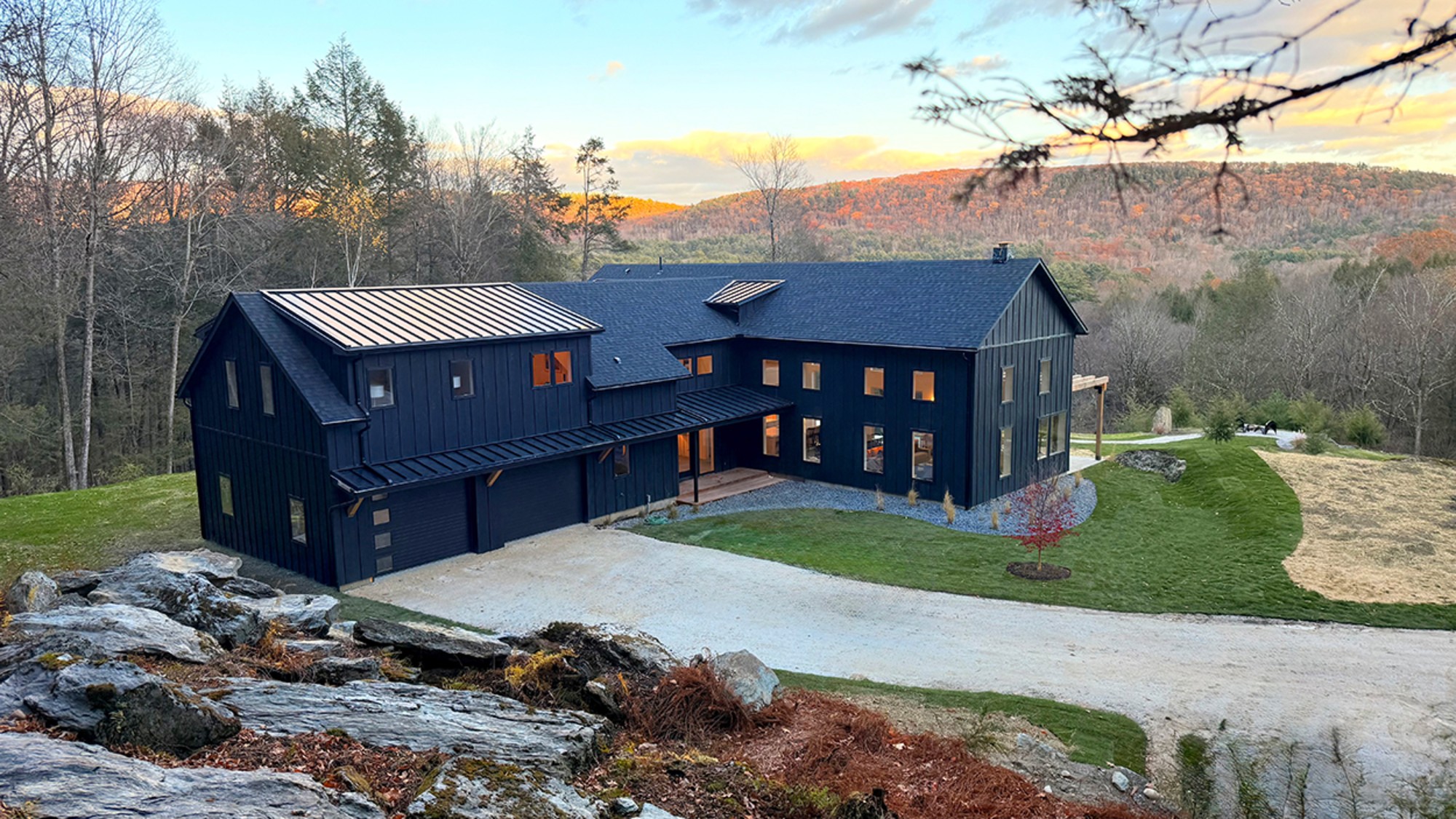 Homes with great fireplaces
Homes with great fireplacesFeature Featuring a suspended fireplace in Washington and two-sided Parisian fireplace in Florida
-
 Film reviews: ‘The Secret Agent’ and ‘Zootopia 2’
Film reviews: ‘The Secret Agent’ and ‘Zootopia 2’Feature A Brazilian man living in a brutal era seeks answers and survival and Judy and Nick fight again for animal justice
-
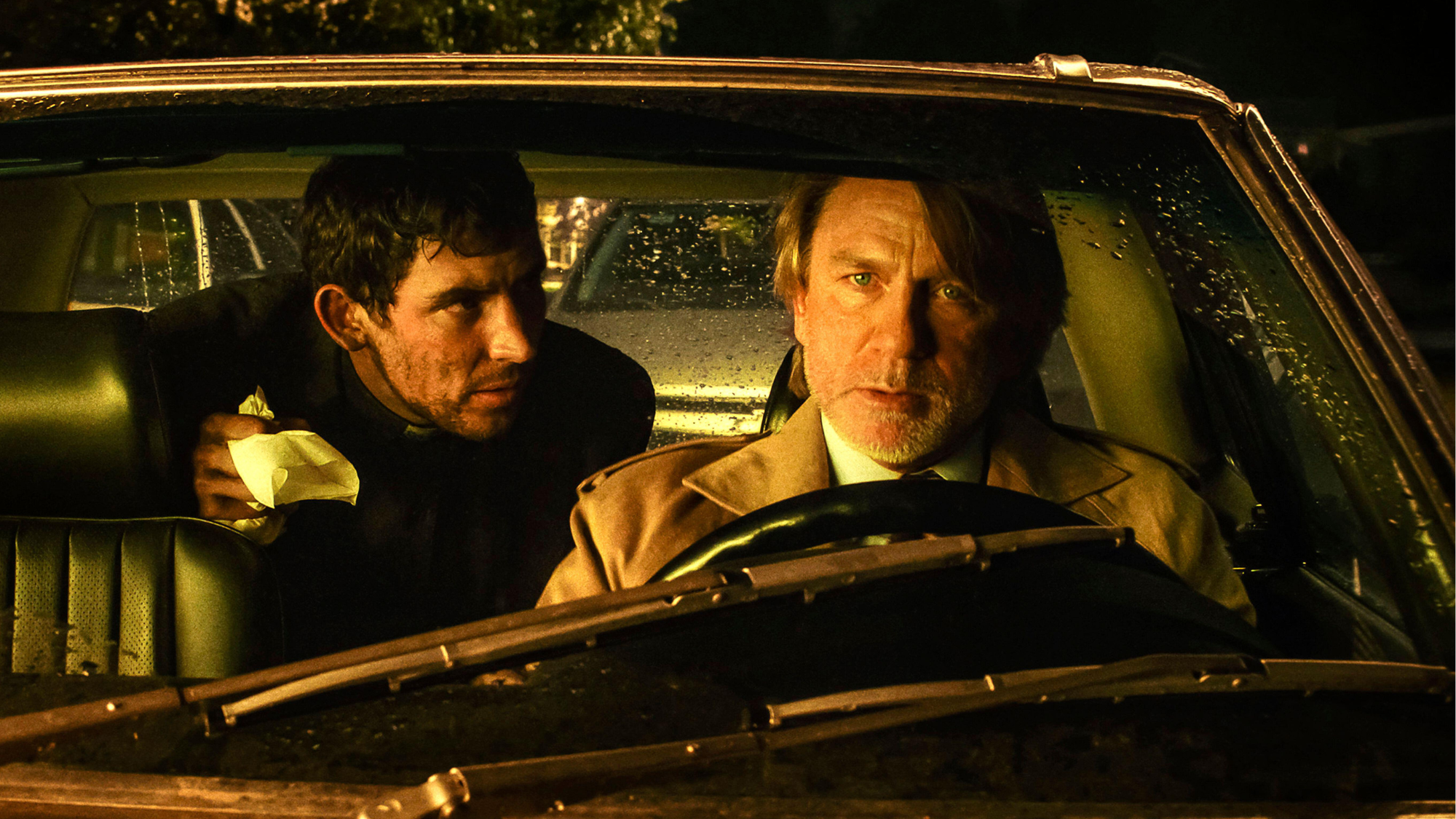 Wake Up Dead Man: ‘arch and witty’ Knives Out sequel
Wake Up Dead Man: ‘arch and witty’ Knives Out sequelThe Week Recommends Daniel Craig returns for the ‘excellent’ third instalment of the murder mystery film series
-
 Zootropolis 2: a ‘perky and amusing’ movie
Zootropolis 2: a ‘perky and amusing’ movieThe Week Recommends The talking animals return in a family-friendly sequel
-
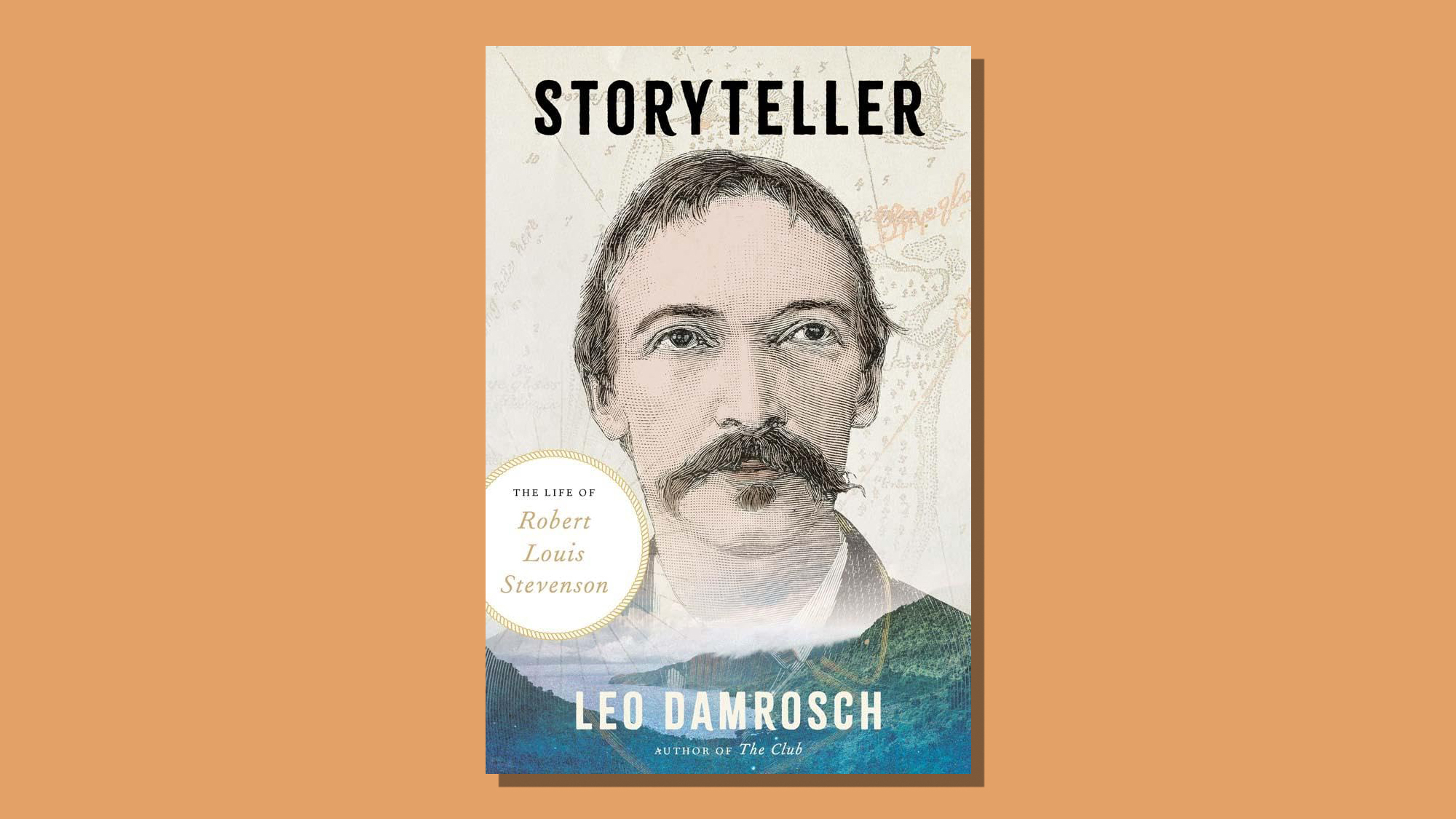 Storyteller: a ‘fitting tribute’ to Robert Louis Stevenson
Storyteller: a ‘fitting tribute’ to Robert Louis StevensonThe Week Recommends Leo Damrosch’s ‘valuable’ biography of the man behind Treasure Island
-
 The rapid-fire brilliance of Tom Stoppard
The rapid-fire brilliance of Tom StoppardIn the Spotlight The 88-year-old was a playwright of dazzling wit and complex ideas
-
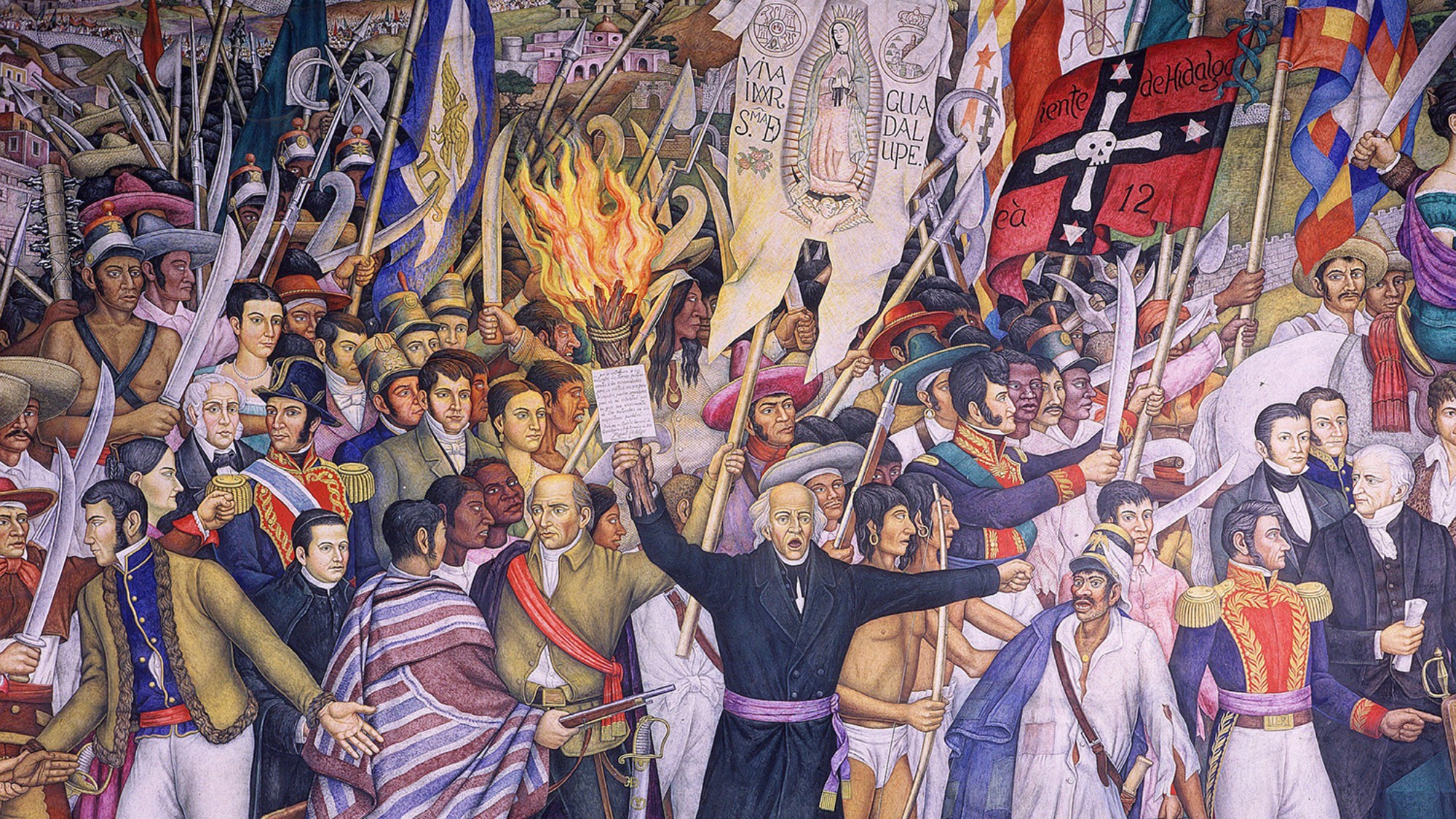 ‘Mexico: A 500-Year History’ by Paul Gillingham and ‘When Caesar Was King: How Sid Caesar Reinvented American Comedy’ by David Margolick
‘Mexico: A 500-Year History’ by Paul Gillingham and ‘When Caesar Was King: How Sid Caesar Reinvented American Comedy’ by David Margolickfeature A chronicle of Mexico’s shifts in power and how Sid Caesar shaped the early days of television
-
 Homes by renowned architects
Homes by renowned architectsFeature Featuring a Leonard Willeke Tudor Revival in Detroit and modern John Storyk design in Woodstock


